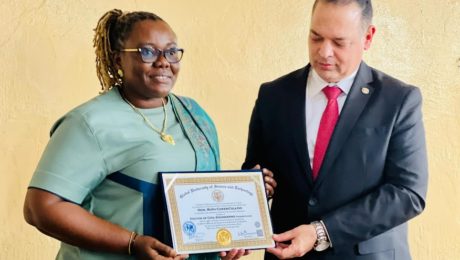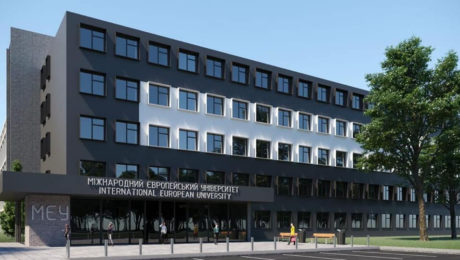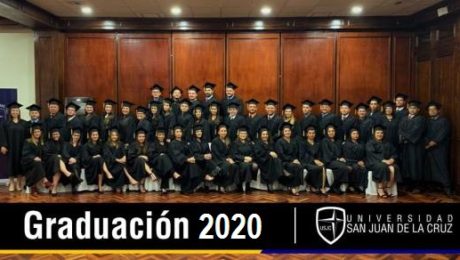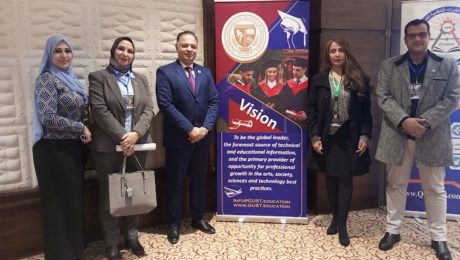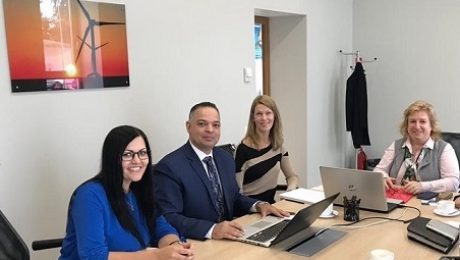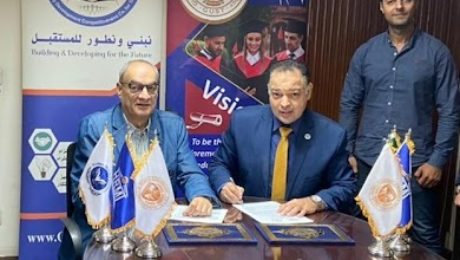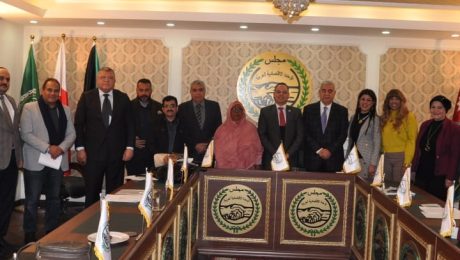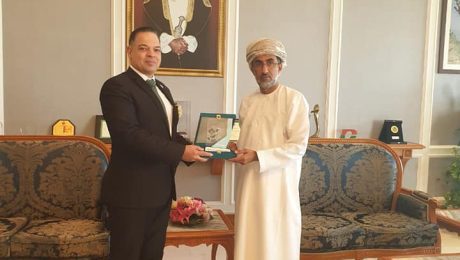GUST conferred an Honorary Doctorate to the Liberia’s Minister of Public Works, Madam Ruth Coker-Collins
In attendance of Hon. Edwin Melvin Snowe Jr., Chairman on the Senate Committee on Public Works, Infrastructure and Development as well as Senior Executives of the Ministry of Public Works, the Global University of Science and Technology (GUST) in Friday, June 17, 2022, conferred an Honorary Doctor of Science in Civil Engineering Degree to the Liberia’s Minister of Public Works, Madam Ruth Coker-Collins, by the University’s President, Prof. Dr. Mohammed Gamal Kafafy in recognition of her substantive contributions and outstanding achievements in Republic of Liberia and outside of the country, coupled with her quest to prioritize human capital development.
Prof. Kafafy described the Public Works Minister as leader, innovative and hard working, who deserves to be awarded. “She is active in her work and the institution has been following her works,” he pointed out.
The elated Minister extended thanks and appreciation to GUST for the honor done to her and saw it as a testimony of what she has been doing over time. “This day is a great day not because I have been awarded an Honorary Doctor of Science in Civil Engineering Degree, and to brag about adding title of doctor to my name but because my little work of infrastructure development to my country has been recognized,” she explained.
The conferring of Honorary Doctorate Degree on the Works Minister was done recently at the closing of the professional Global Project & Contract Management Program in the Conference Room at the the Ministry of Public Works for 27 participants drawn from five institutions including the Ministry of Public Works, the Association of Liberian Construction Contractors, Engineering Society of Liberia, Society of Women Engineers of Liberia as well as the Liberia Institute of Architects.
At the end of the program all 27 participants received the professional training certificate signed by the President of Global University of Science and Technology (GUST) and the Liberia’s Minister of Public Works. Furthermore, the 20 participants were passed the certification exam successfully and awarded the Certified Global Project Manager (GPM) by the Global Quality Council (GQCO).
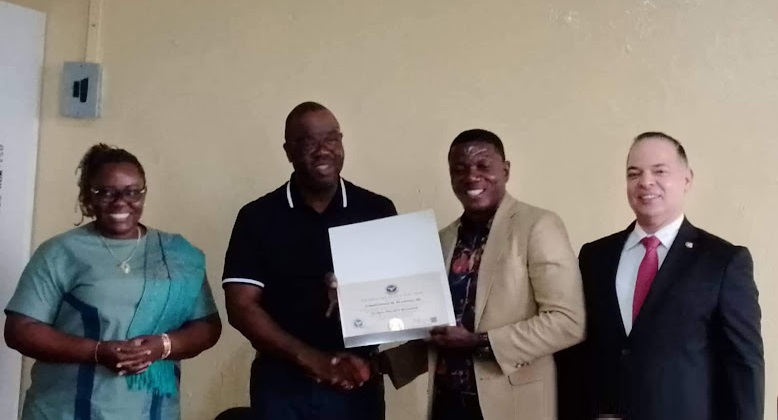
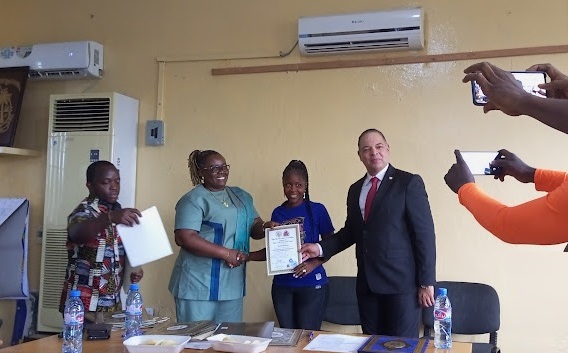
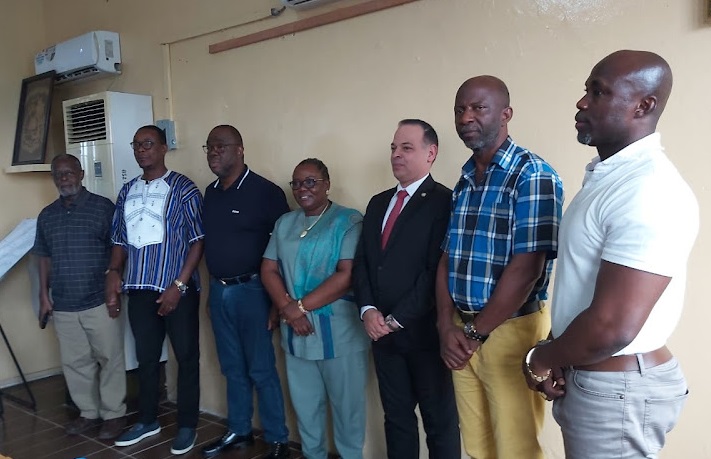
The Hon. Edwin Melvin Snowe Jr., revealed that the Senate Committee’s fullest support towards capacity building and the implementation of flagship road projects across the country. “During the confirmation hearing, you assured us that when confirmed, you will endeavor to enhance training of your people and other sectors and today is a clear manifestation of that commitment,” he noted.

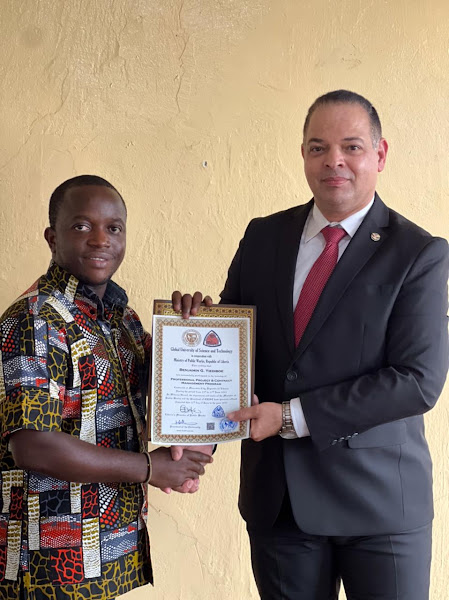
Minister Madam Ruth Coker-Collins lauded the leadership of GUST and the Global Quality Council headed by Prof. Kafafy for the training and challenged the beneficiaries of the program to make maximum use of the knowledge acquired from the program and emphasized the overarching need for capacity building for public service practitioners aimed at enhancing productivity. “When Projects and Contracts are properly managed, we will obtain value for money most especially in the Country of ours where budgetary space is limited and our needs for infrastructure development is unlimited,” she noted. Therefore, She is hoping that all of the trainees will utilize the program body of knowledge to enhance the skills and level of professionalism when discharging their duties and responsibilities in them respective area of works. Also she will endeavor to ensure capacity-building for the employees for continuous productivity improvement in government.
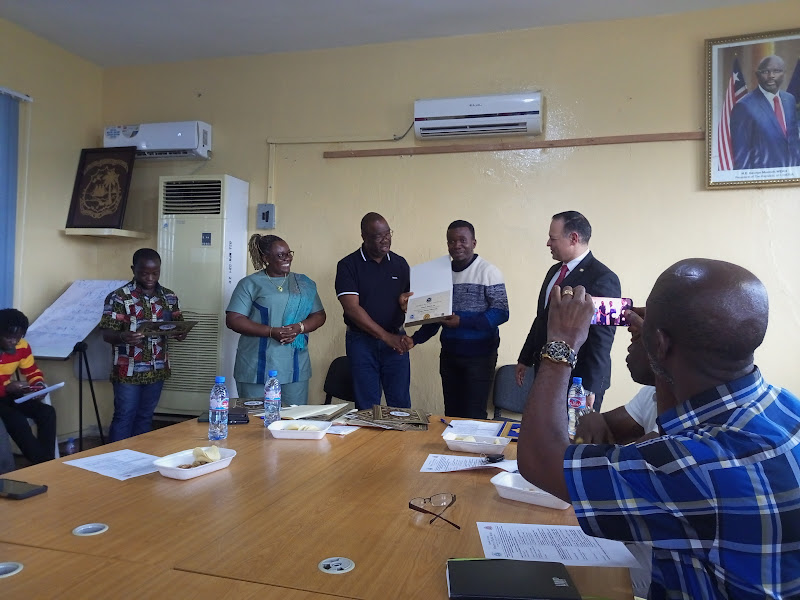

At end of the ceremony, the Liberia’s Ministry of Public Works represented by its Minister and Global University of Science and Technology (GUST) represented by its President signed special Memorandum of Agreement to formalize the bonds of mutual recognition and partnership which have grown to work together in a transparent manner to maximize engagement and results for developing professional competencies of staff at the Ministry and its partner organizations.
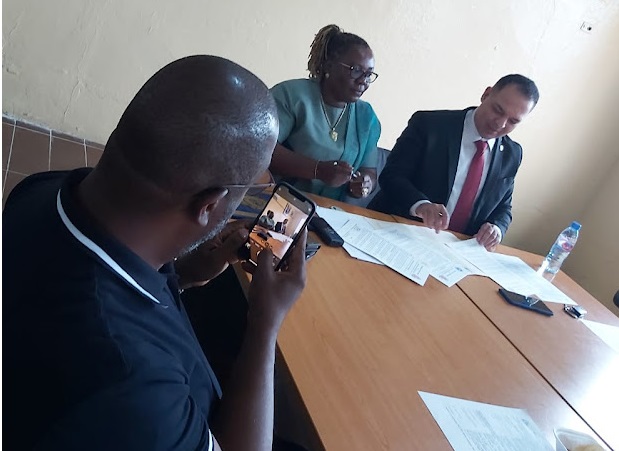
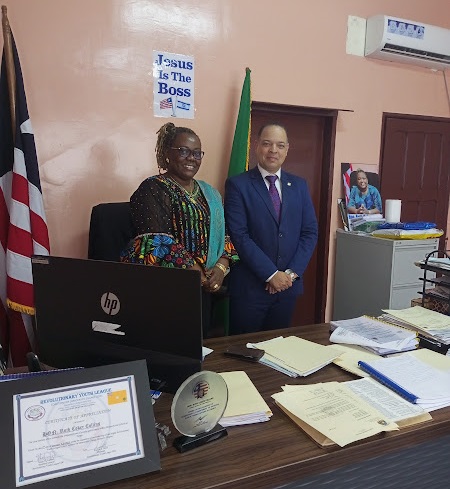
- Published in News
Collaboration with Istanbul Economy Summit, Turkey
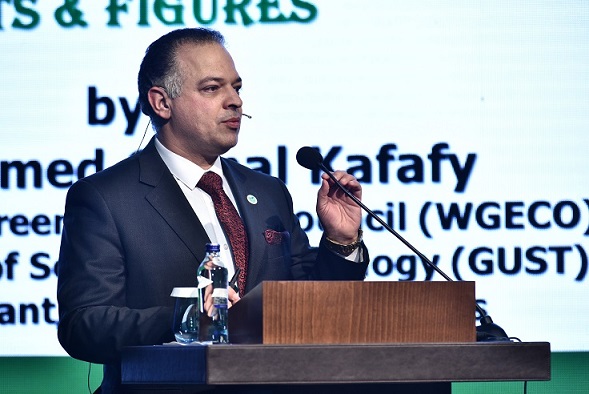
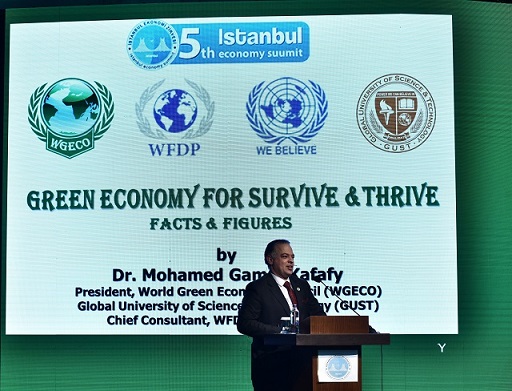

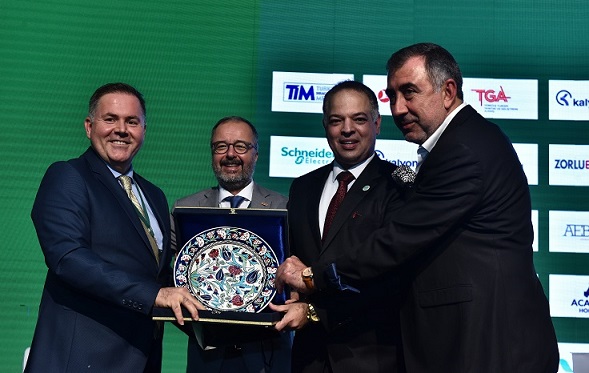
The GUST working together with Governments, United Nations and other International Organizations to promote and advocate the Global Sustainable Development Goals, set by the United Nations General Assembly in 2015 for the year 2030 to end poverty, protect the planet, build a global village of lasting peace and security based on sustainability and ensure prosperity for all. Therefore, Prof. Mohamed G. Kafafy, President of GUST collaborating with Istanbul Economy Summit, Republic of Turkey for promoting the concepts, applications and strategies toward green economy and zero waste transition for zero carbon nations.
- Published in News
Degrees Validation by International European University
The Bachelor, Master and Doctorate degree programs granted by the Global University of Science and Technology (GUST) are validated and equivalent to the corresponding degrees granted by the International European University (IEU). It is recognized by the Ministry of Education and Science of Ukraine and the Ministry of Health of Ukraine, and all the educational programs of the IEU are regulated and approved by it. IEU’s degrees are legalized by the Ministry of Health of Ukraine and Ministry of Foreign Affairs of Ukraine; the degrees are also recognized worldwide. Therefore, GUST graduates eligible to get equivalent degrees from the International European University (IEU).
Then, GUST provides interests around the world with the finest opportunities for completing their academic education via distance learning, on-campus or combination of both. The GUST is responsible for promoting, developing and granting the DUAL DEGREE PROGRAMS with fully recognized and accredited University to run fast-track Master and Doctoral programs for professionally qualified people, in the different disciplines.
- Published in News
GUST Degrees Validation

The Bachelor, Master and Doctorate Degrees awarded by the Global University of Science and Technology (GUST) are validated and equivalent to the corresponding degrees awarded by the San Juan de la Cruz University. This will enable the students of both the universities to acquire a second degree by paying an extra fee. The validation will give the students from both universities a feel of the changing socio-economic differences that the two continents enjoy and how this gap created by the cultural differences could be filled through joint studies.
The San Juan de la Cruz University is regionally accredited University from State Ministry of Public Education and by the National Council of Higher Education Private Universities (CONESUP), The apex national educational body for accreditation, control and regulation of the operation of private universities in the Republic of Costa Rica, Central America. As well as San Juan de la Cruz University is listed in International Association of Universities of United Nations Educational, Scientific and Cultural Organization (UNESCO).
The San Juan de la Cruz University offers courses in Business Administration, Management, Accounting and Information Technology and others through online and international distance learning programs at approve colleges. Bachelor, Masters and Doctorate degrees are recognized by National bodies in Latin America, Canada, USA, UK, Ireland, Europe, Africa, Asia and the Middle East.
- Published in News
GUST Professional Training & Diplomas
The GUST as a federal body to coordinate and integrate resources and ensure the implementation of the Education for Employment (E4E) and Multidisciplinary Learning for Leadership (L4L) System programs, provided and continue to provide professional training programs in cooperation with multiple government, public and private organizations and awarding diplomas in different areas around the world.
Upon successful completion of the assessment at the end of each training module, the Participants get the Certificate of Completion with module name. After completing all specific modules the Participants will be conferred the Professional Diploma in the specific field of study by the Global University of Science & Technology (GUST). Moreover, our programs prepare the participants to earn the professional certifications from international professional bodies.
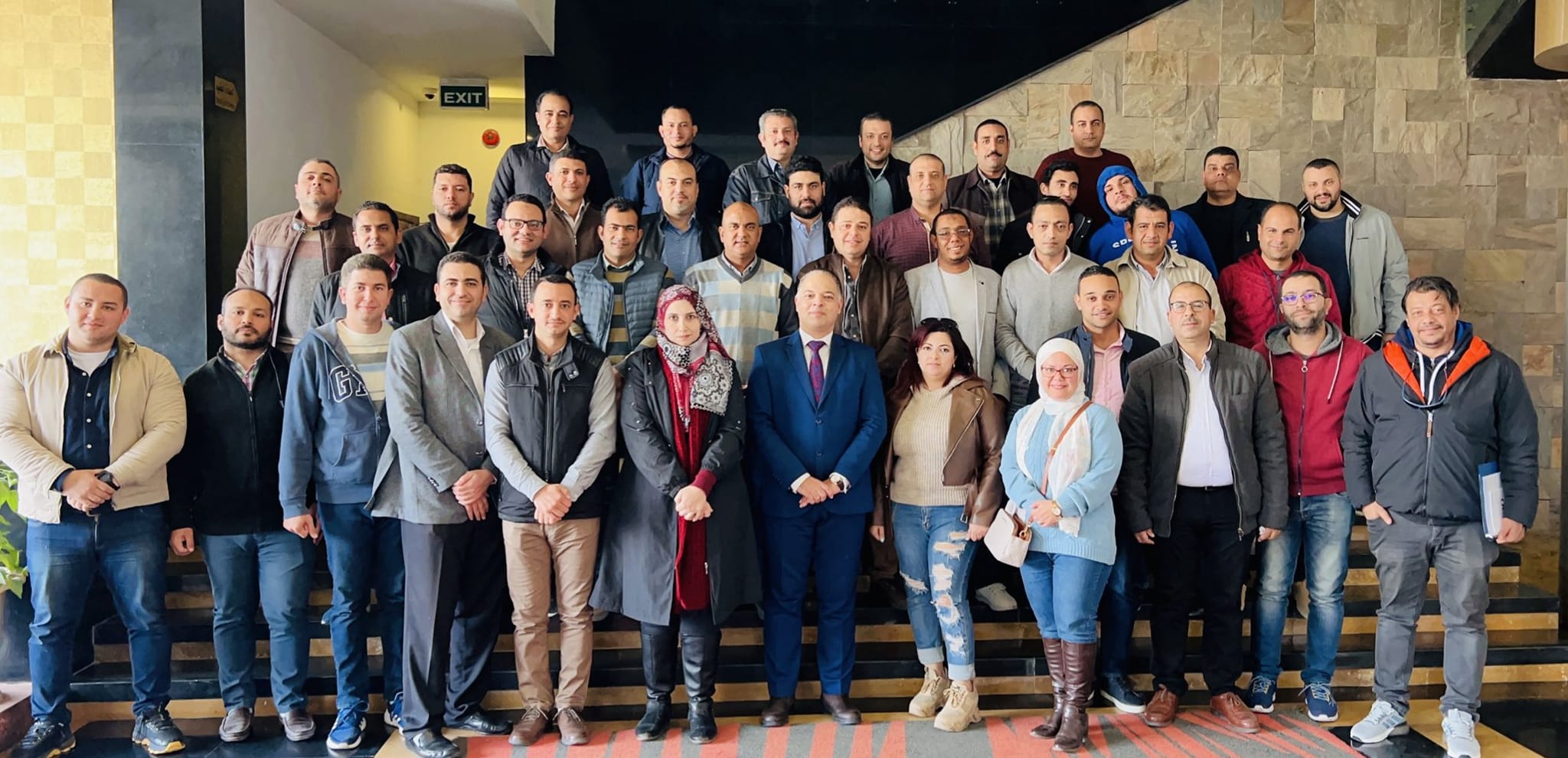
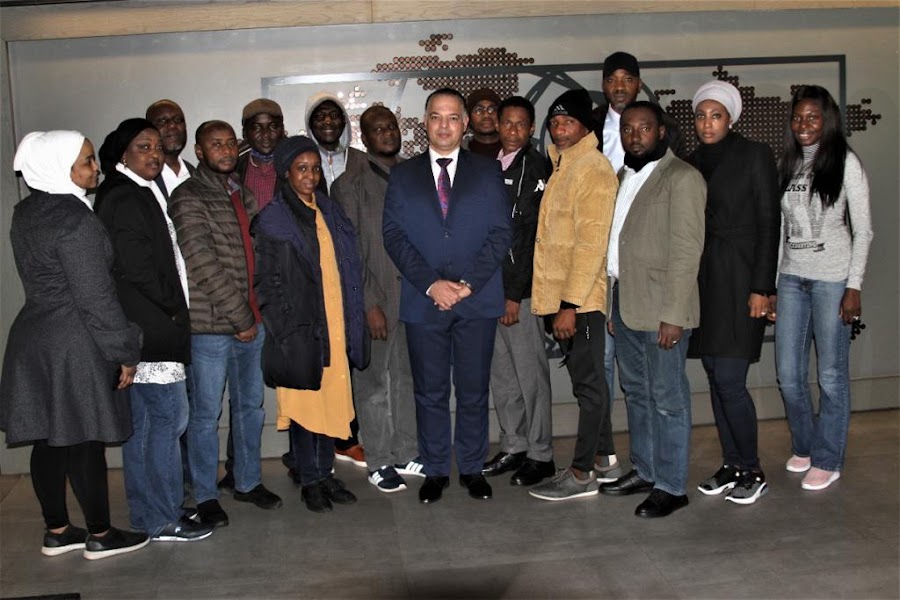
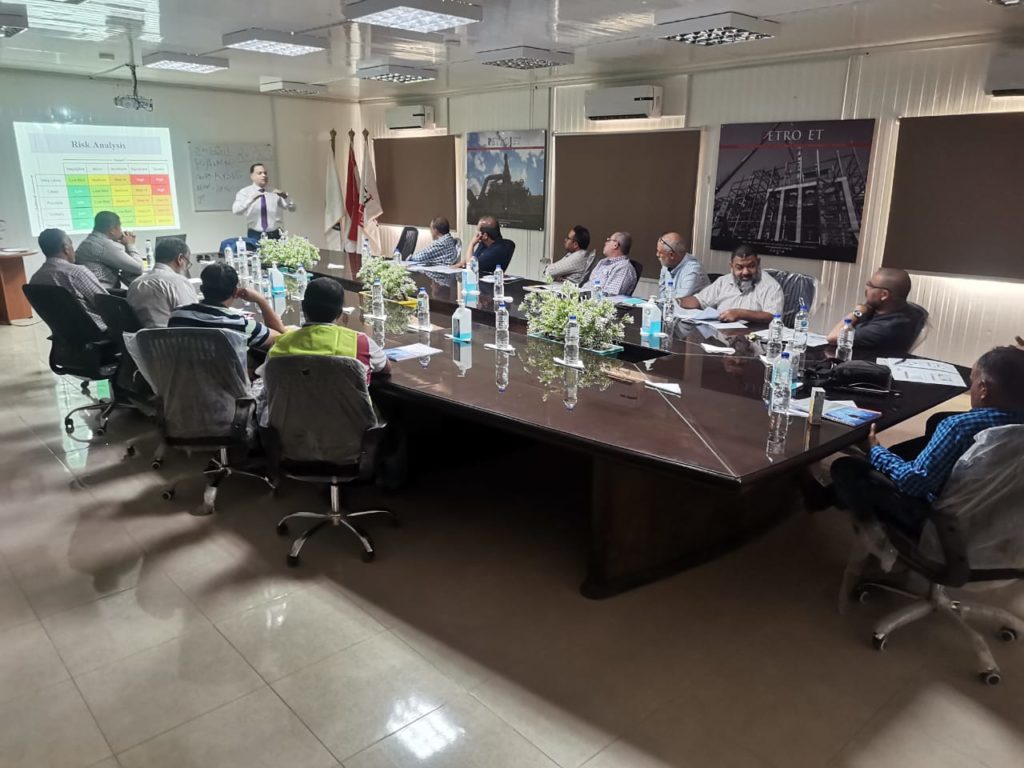
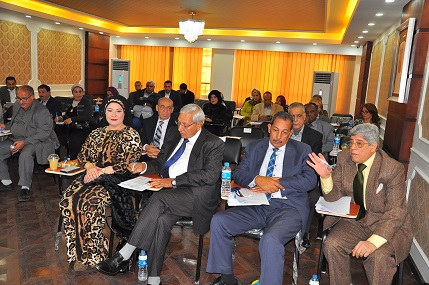
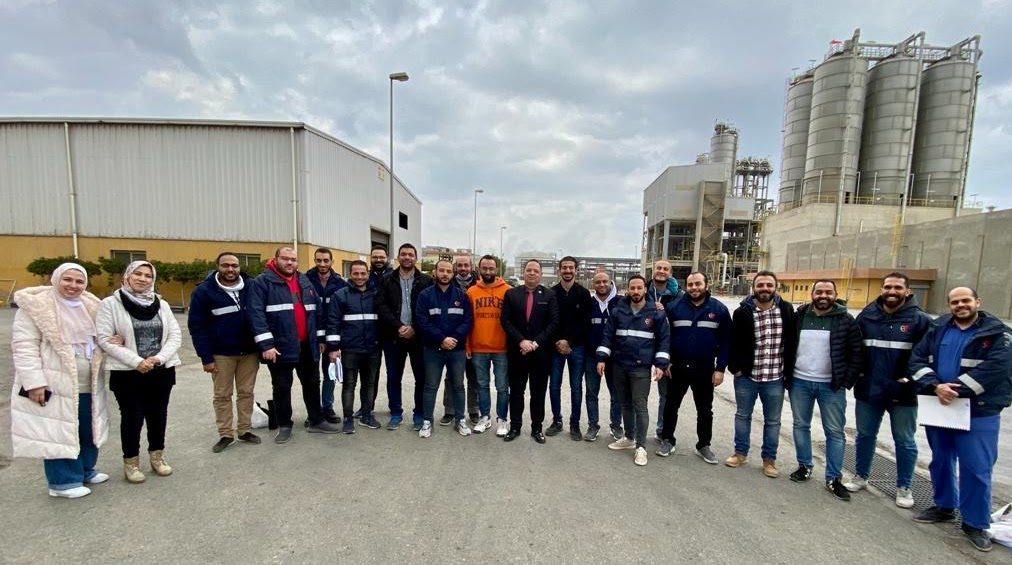
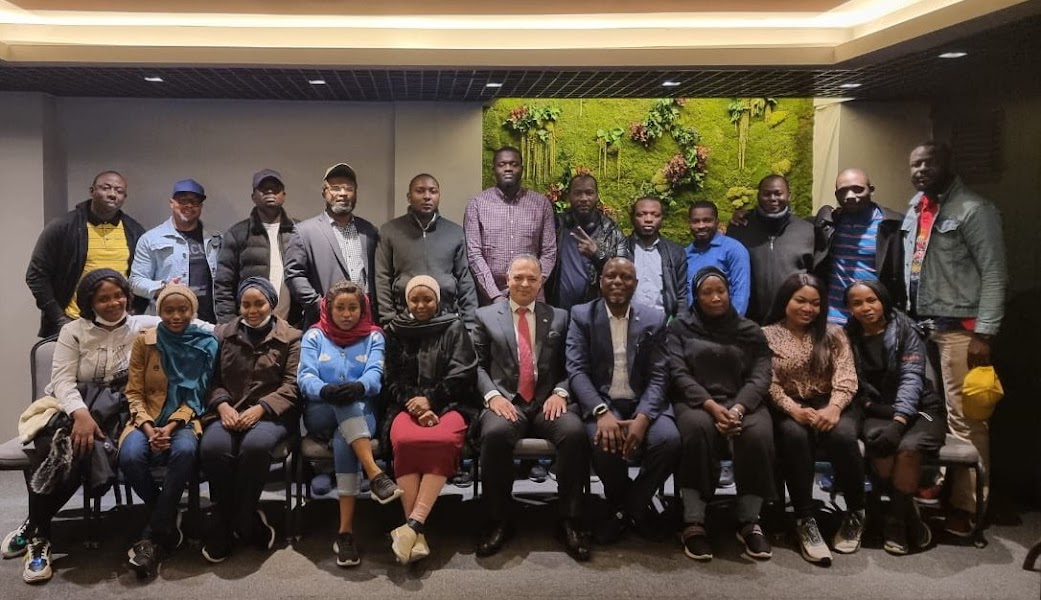
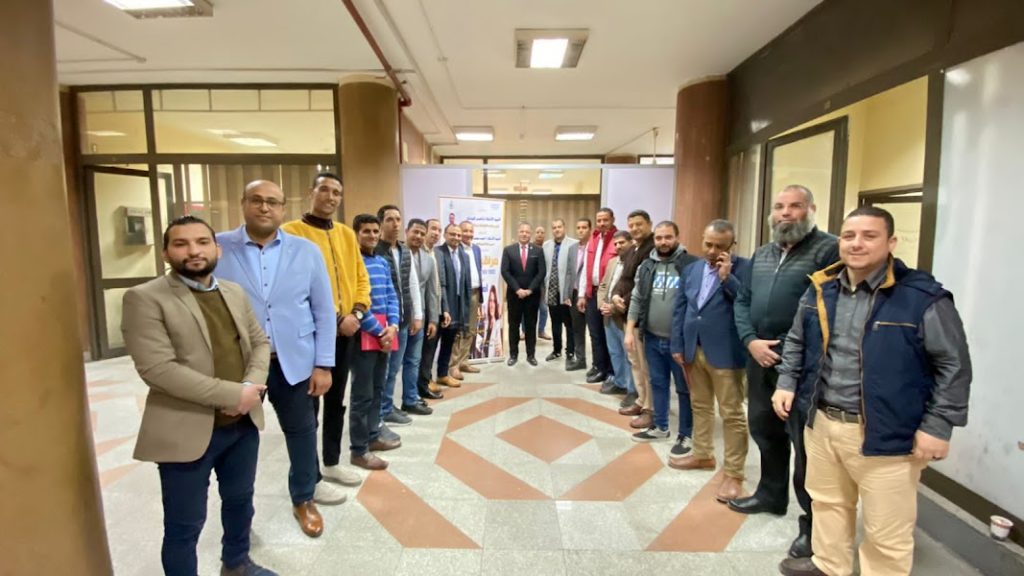
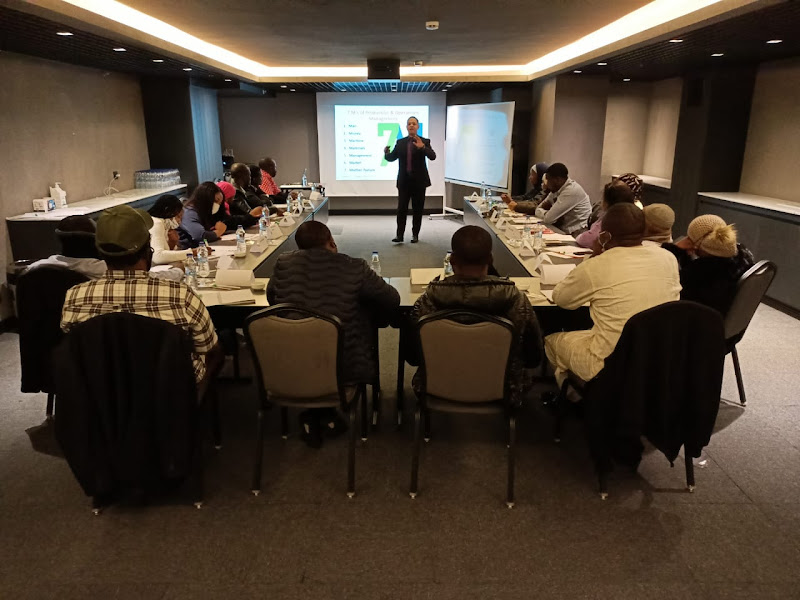
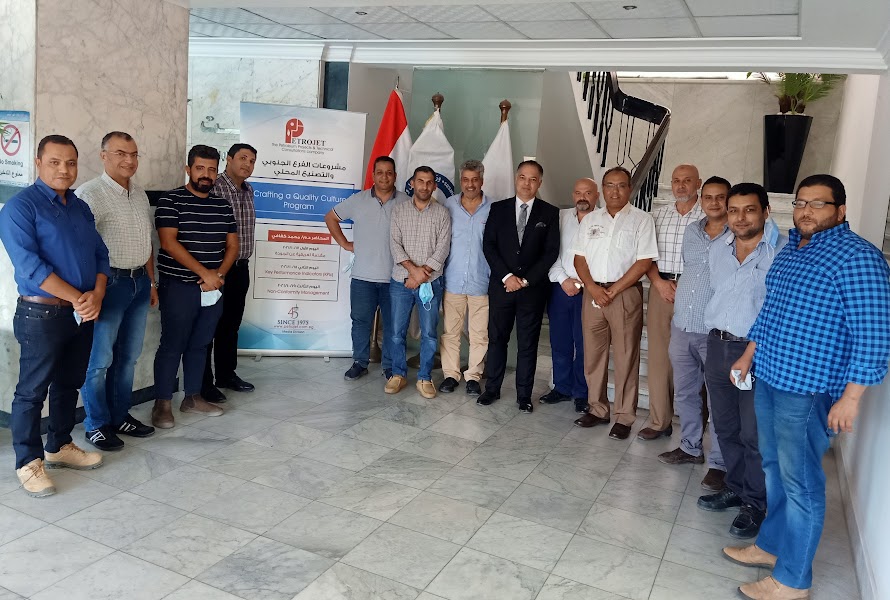
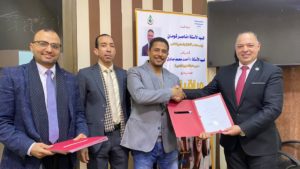


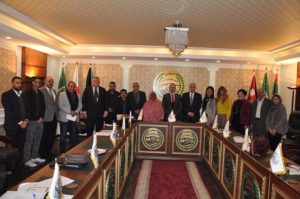
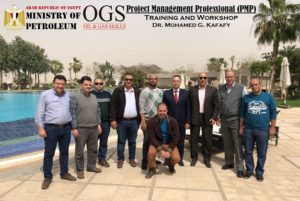
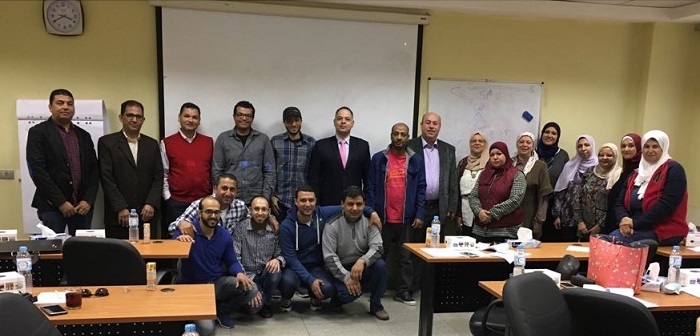
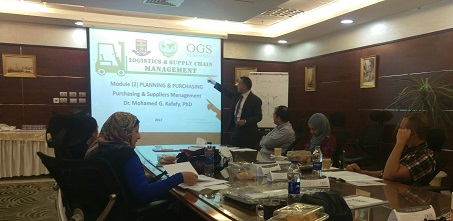
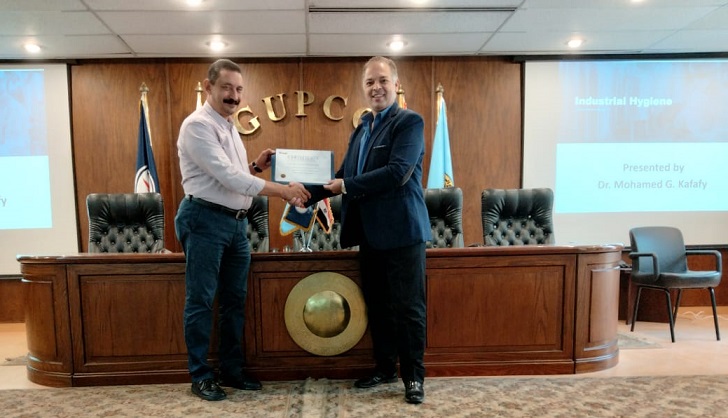
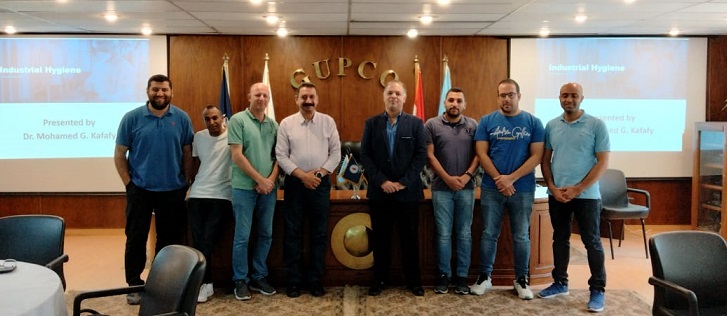

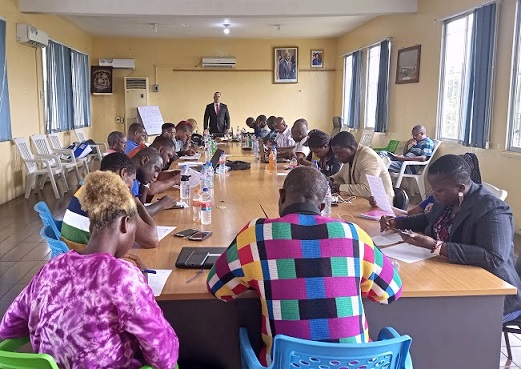



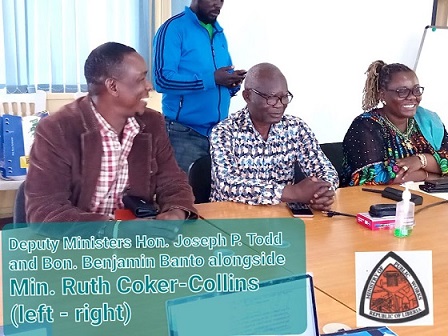
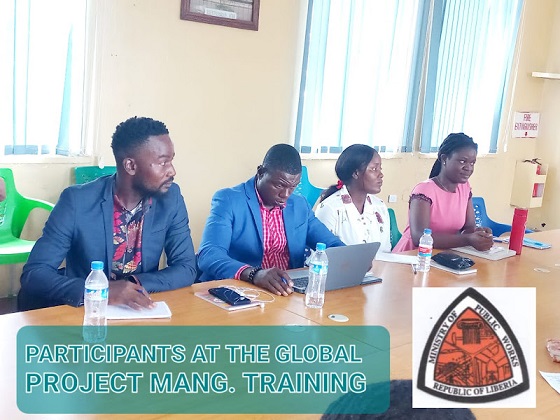
- Published in News
GUST in Latvia, European Union
The Global University of Science & Technology (GUST) chartered in Latvia, European Union as international federal University comprising Member Institutions working together with Universities, Institutes, Colleges and Professional Bodies to promote and advocate the Global Sustainable Development Goals, set by the United Nations General Assembly in 2015, to end poverty, protect the planet, build a global village of lasting peace and security with quality education based on sustainability and ensure that all people enjoy peace and prosperity by 2030.
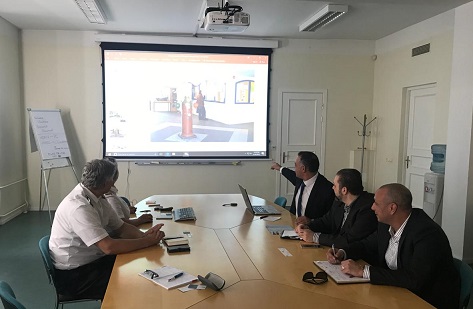
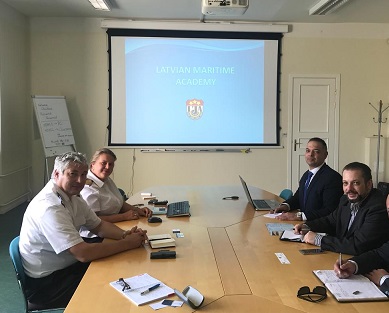
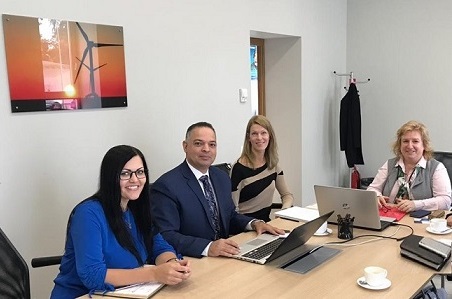
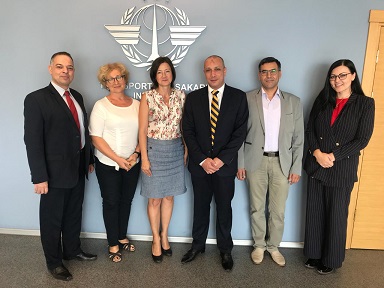
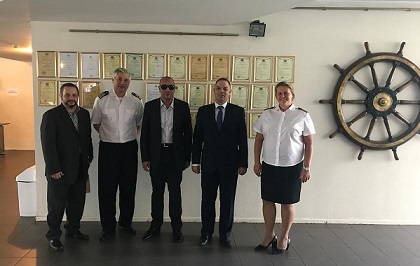
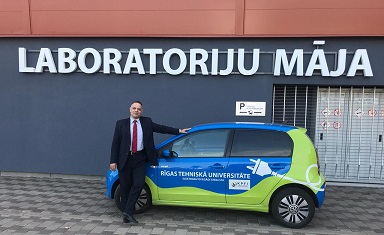
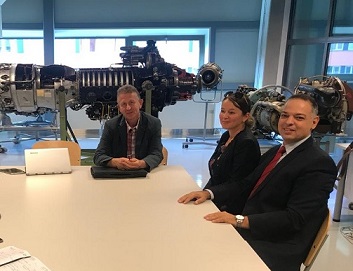
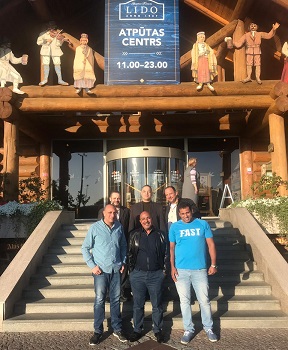
- Published in News
Mutual Recognition & Partnership
SPECIAL AGREEMENT BETWEEN GUST AND UNIVERSIDAD AZTECA (Azteca University).
The Global University of Science and Technology (GUST) is pleased to announce its articulation agreement signed with UNIVERSIDAD AZTECA (Azteca University). This articulation agreement allows credits earned by Azteca University students credited in GUST, and vice versa, as well as mutual recognized and supported for each other, by which arrangements, the students of both can apply for a dual degree in the same subject with each other through RPL- Recognition of Prior Learning. This will enable the students of both the universities to acquire a second degree by paying an affordable fee. The affiliation has been established to give the students from both sides a feel of the changing socio-economic differences that the continents enjoy and how this gap created by the cultural differences could be filled through joint studies. Moreover, this special agreement is to ensure that students would save time and cost in completing their degree programs.
The Universidad Azteca (also known as Universidad Azteca de Chalco) is an international university in Mexico State in the greater Mexico City area. Universidad Azteca with recognition of the Official Validity of Studies awarded by the Federal Secretary of Education (RVOE), accredited by the Federal Ministry of Education of the Republic and recognized by the Federal Government to provide higher education and award graduate and postgraduate university degrees. According to the Mexican Higher Education Laws, Universidad Azteca is authorized to offer study programs and award degrees with RVOE and offer autonomous programs and award academic degrees of the university. The study areas with RVOE (accreditation) are Administration Informatics; Architecture; Business Administration; Education Sciences; International Commerce; Law; Pedagogics; Psychology; Public Accounting. The University awards undergraduate Bachelor, graduate Master, postgraduate Master and Doctoral degrees in international programs in accordance with the Bologna Process and issues a Diploma Supplement.
- Universidad Azteca programs are accredited by TRACCERT Training Accreditation & Certification Organization Canada. TRACCERT is a member of AAAC Association of Accrediting Agencies of Canada and a registered Accreditation and Certification Body with the Government of Canada.
- Fully-Accredited Member of the International Association for Distance Learning (IADL), UK.
- Universidad Azteca International Programmes at Innsbruck Austria have been audited by AFQ Akademie Futurum Qualitas (Berlin, Germany) and certified for the QMS according to ISO 9001:2015 and ISO 29990:2010.
- Approved member of the European Association for Distance Learning EADL
- Universidad Azteca European Programmes provided in Austria legally are registered with the Austrian Quality Assurance Agency AQ Austria.
- Universidad Azteca is a recognized university listed in the IAU International Handbook of Universities of the United Nations Educational, Scientific and Cultural Organization (UNESCO).
- Universidad Azteca is certified by LAQI Latin American Quality Institute for the applied QMS;
- Published in News
GUST Capacity Development Competitiveness Co. for Training (Quodrat)
The GUST as international federal University, comprising independent Member Institutions spread across the world extend seamless access to high quality, affordable and convenient learning opportunities to provide academic, professional and continuing education programs as well as research and development programs serving the Global Sustainable Development Goals, is pleased to welcome Capacity Development Competitiveness Co. for Training (Quodrat) as a new Member Institution.
WE ARE VERY EXCITED TO ANNOUNCE that the Capacity Development Competitiveness Co. for Training (Quodrat) is affiliated with the Global University of Science and Technology (GUST) as University Center in Cairo, Egypt. Additionally, the Chairman of Quodrat is a Professor of HR Management & Collegiate Council Member of the GUST.
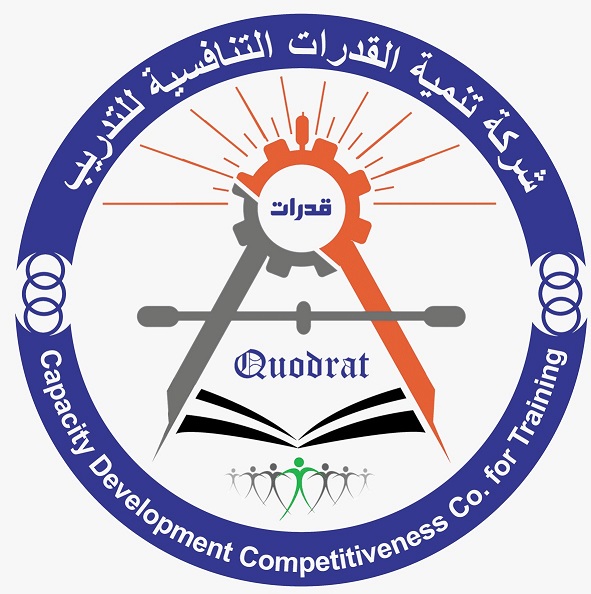
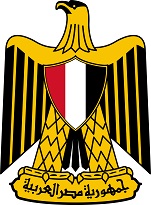
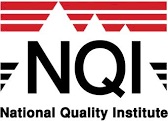
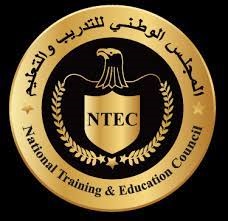
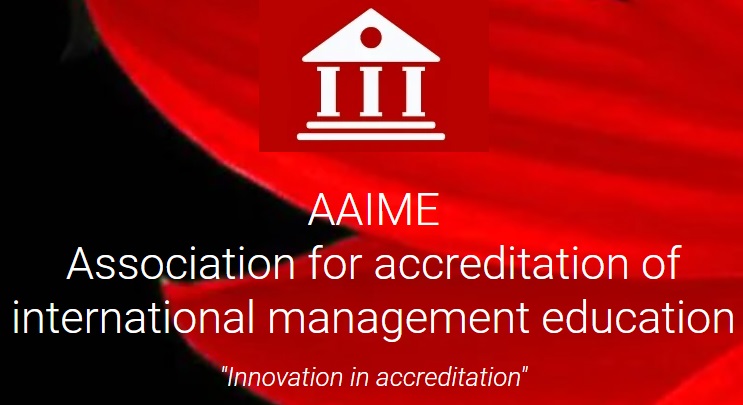
GUST Capacity Development Competitiveness Co. for Training (Quodrat), officially established in Egypt as a public institution at the Ministry of Public Business Sector, to be the strategic and executive arm for building and development of the human capital. It aims to raise the level of performance and competitiveness of the employees by offering various professional training programs, workshops, specialized seminars and educational programs. All our professional programs are accredited by the National Quality Institute (NQI) as a governmental organization and quality assurance arm of the Ministry of Industry & Trade as well as the National Training and Education Council (NTEC) and the Association for Accreditation of International Management Education (AAIME)

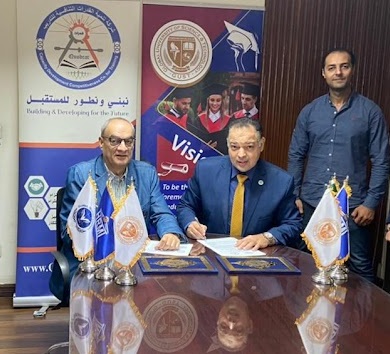
- Published in News
Cooperation with League of Arab States
The GUST working together with Governments, United Nations and other International Organizations to promote and advocate the Global Sustainable Development Goals, set by the United Nations General Assembly in 2015 for the year 2030 to end poverty, protect the planet, build a global village of lasting peace and security based on sustainability and ensure prosperity for all. Therefore, Prof. Mohamed G. Kafafy, President of GUST cooperated with the Secretary General of the Council of Arab Economic Unity (CAEU) League of Arab States, for establishing the 1st Intergovernmental Arab Organization dedicated to Green Economy at CAEU, named: Green Economy Commission. Then, the Secretary General of CAEU, appointed Prof. Mohamed G. Kafafy as the Founder Head of Green Economy Commission to promote the concepts, applications and strategies of green economy transition in Arab States.

The Council of Arab Economic Unity (CAEU) was founded by Egypt, Iraq, Jordan, Kuwait, Libya, Mauritania, Palestine, Saudi Arabia, Sudan, Tunisia, Syria, United Arab Emirates and Yemen on 1964, following an agreement in 1957 by the Economic Council of the League of Arab States.
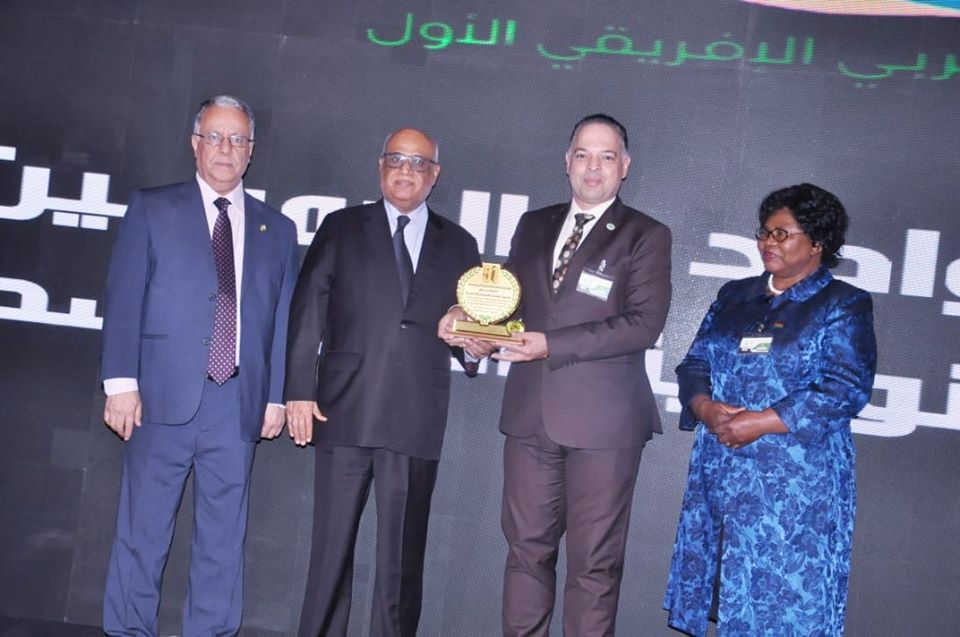
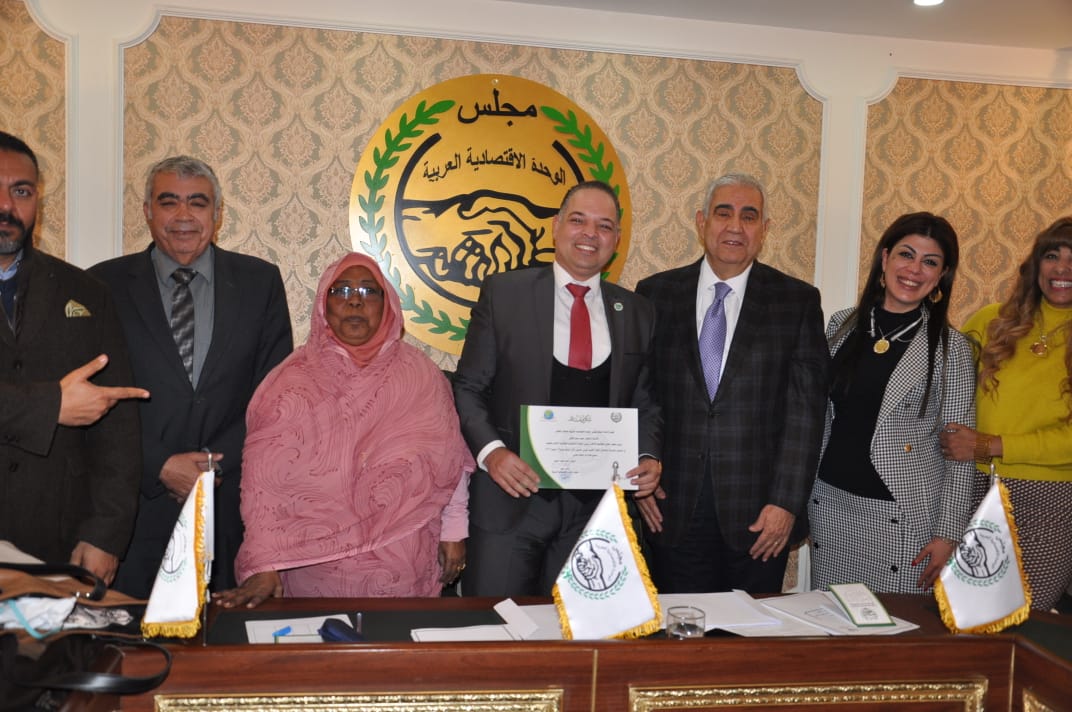
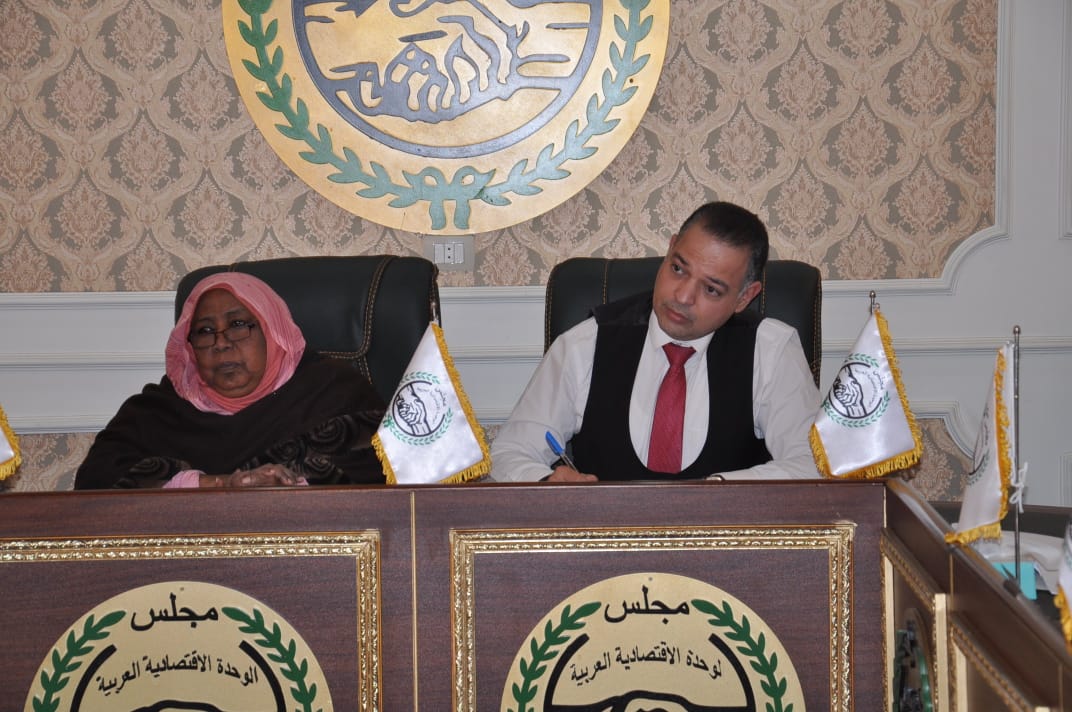
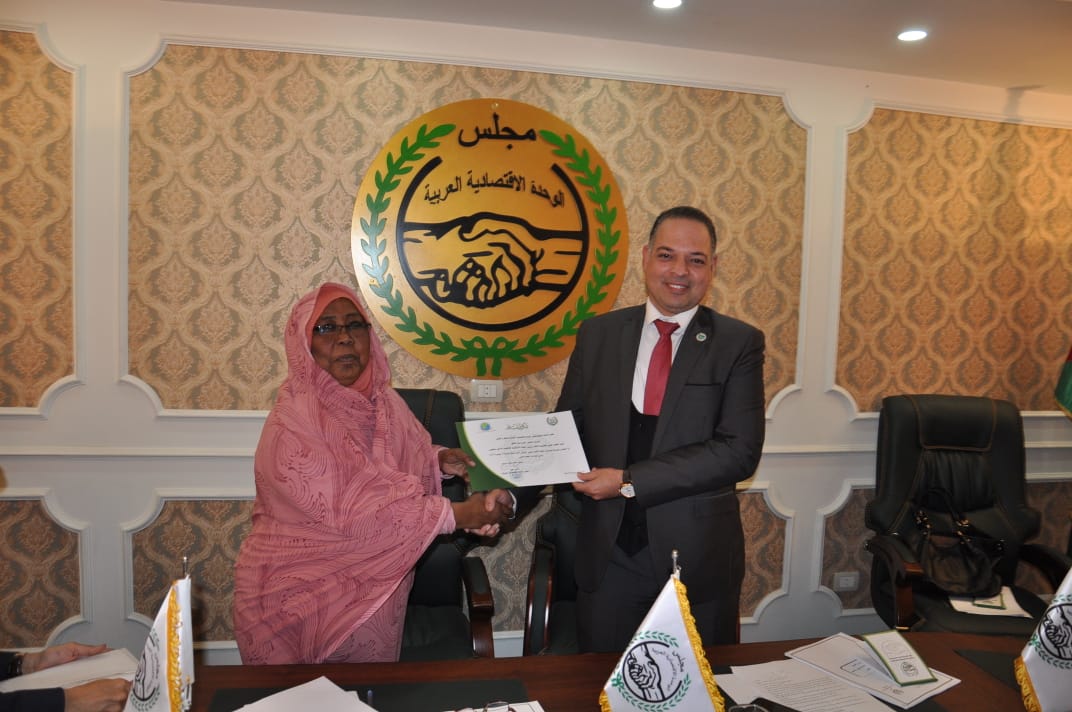
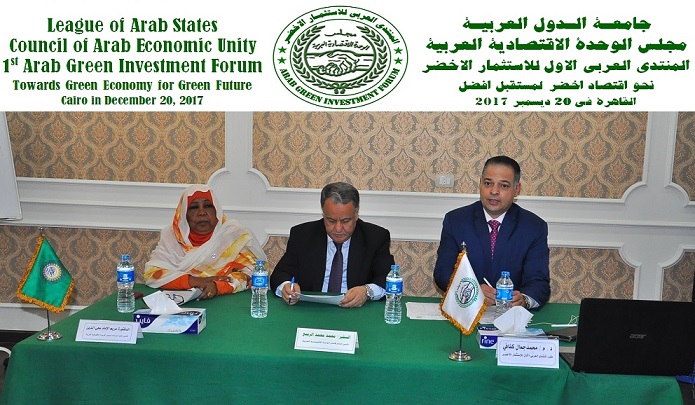
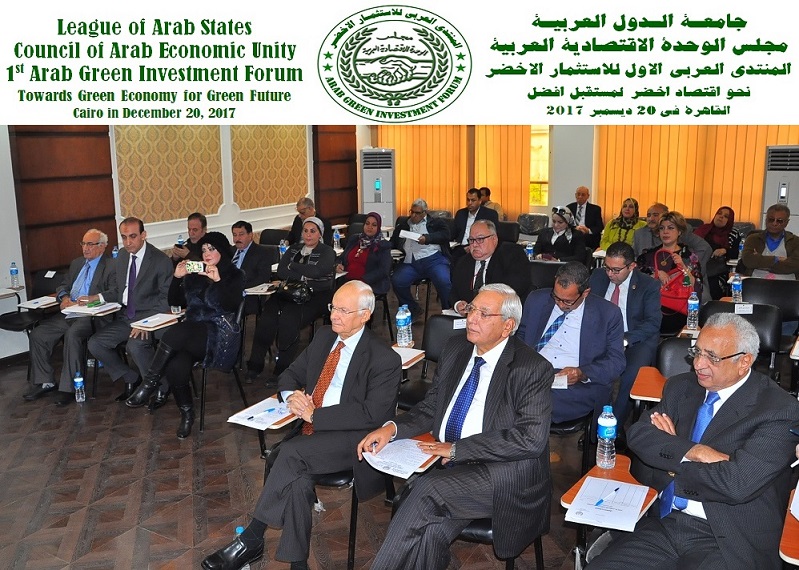
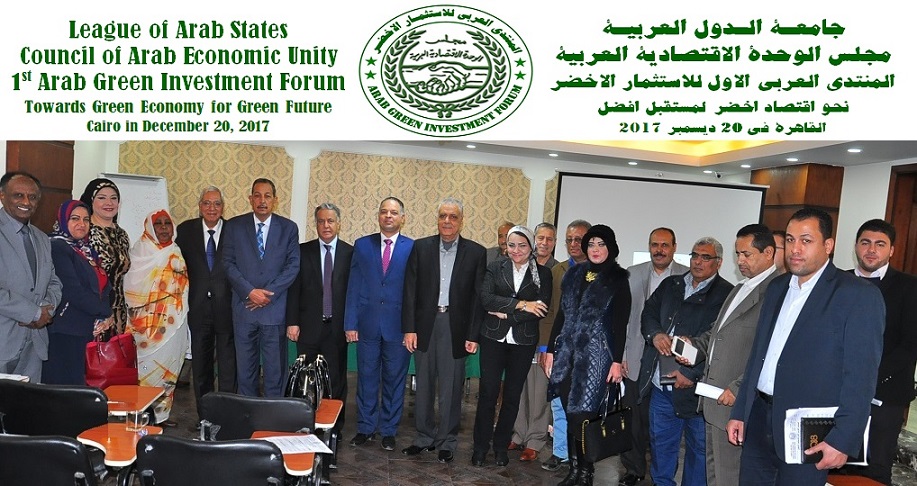
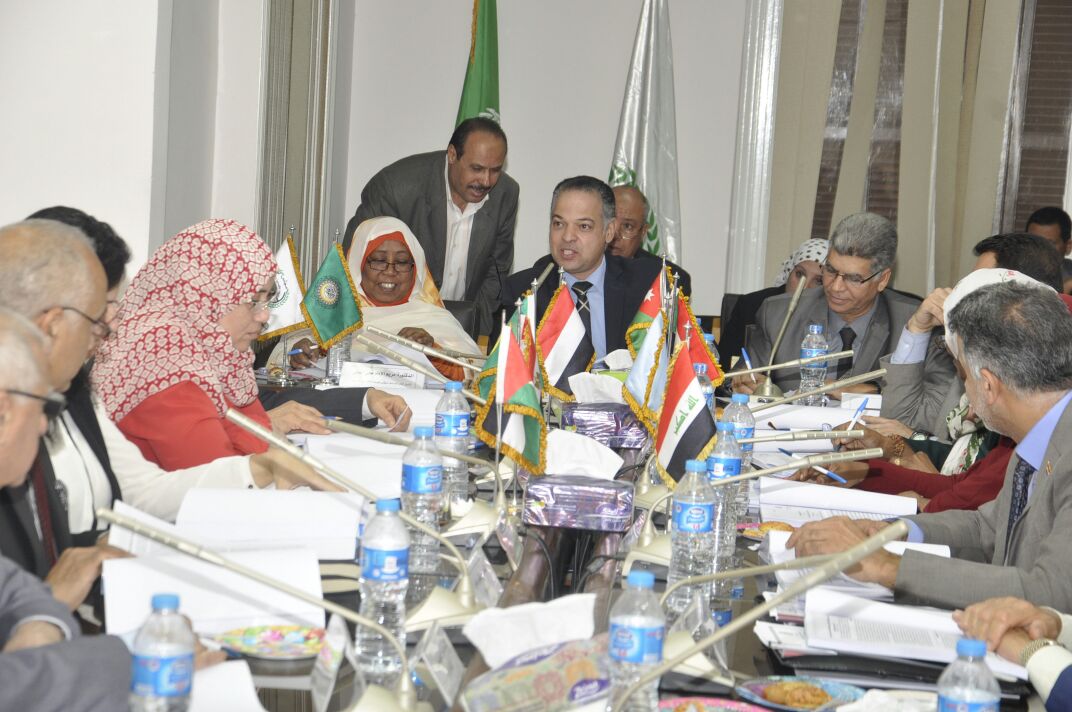
- Published in News
Recognition by Government Sultanate of Oman
The GUST working together with Governments, United Nations and other International Organizations to promote and advocate the Global Sustainable Development Goals, set by the United Nations General Assembly in 2015 for the year 2030 to end poverty, protect the planet, build a global village of lasting peace and security based on sustainability and ensure prosperity for all. Therefore, Prof. Mohamed G. Kafafy, President on behalf of the GUST received several recognition awards from H.E. Mr. Mohammed Al-Tobithe Minister of Environment and Climate Affairs (MECA) and H.E. Mr. Khalid bin Omar Al Marhoon, Minister of Civil Service, for outstanding contributions toward green economy and zero waste transition for achieving Global Sustainable Development Goals (SDGs) and Zero Carbon Nations.
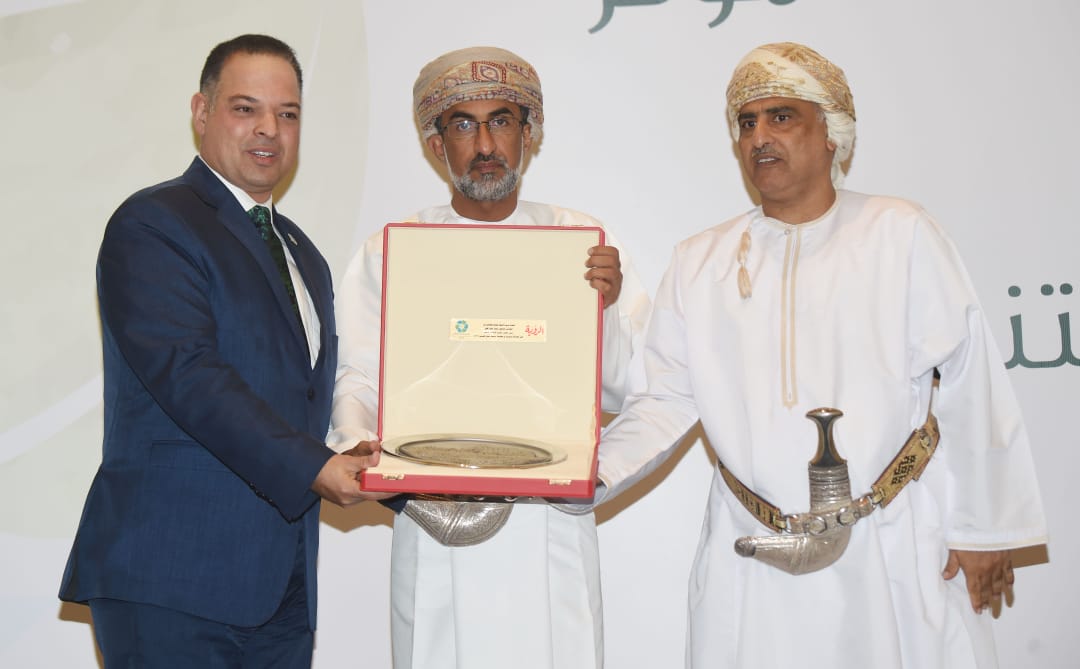
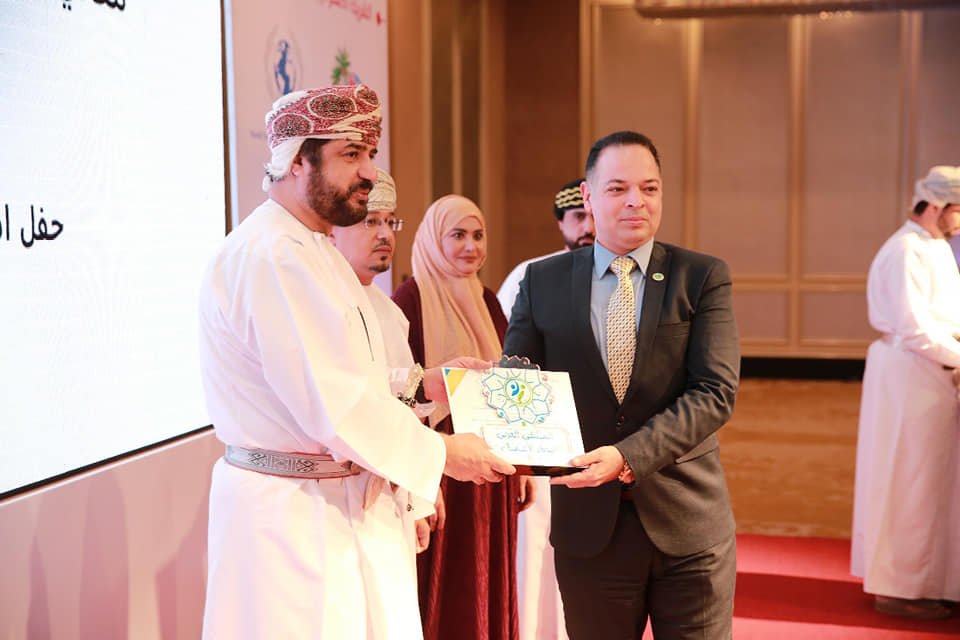
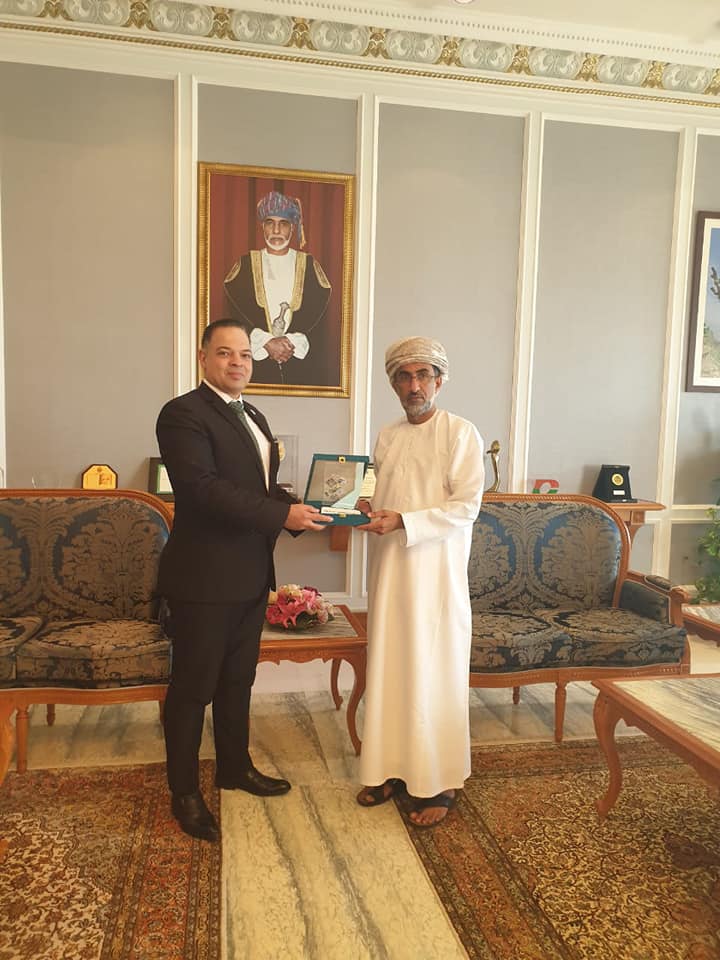
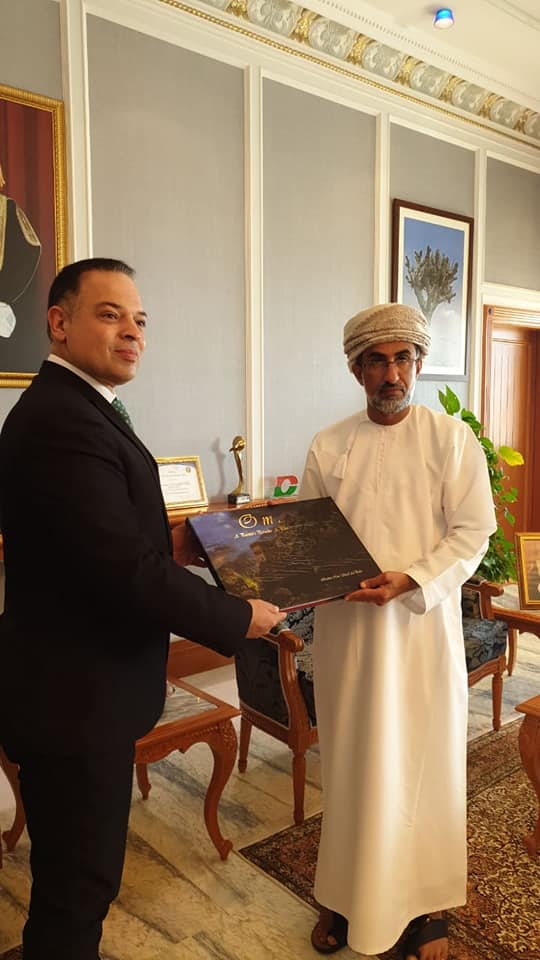
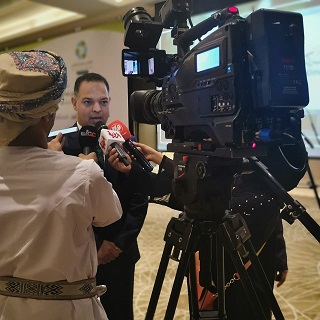
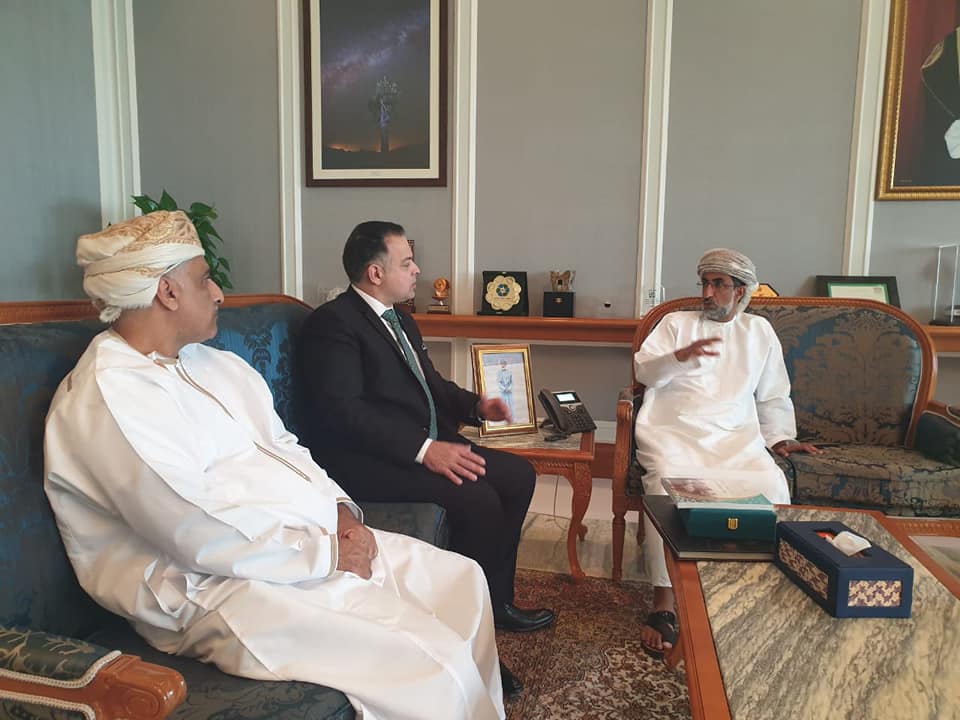
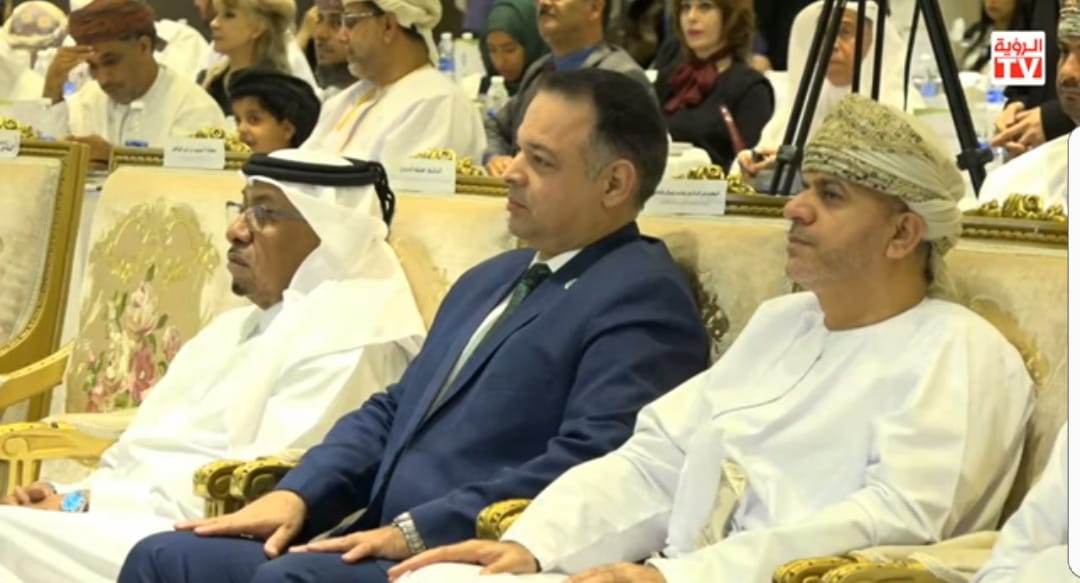
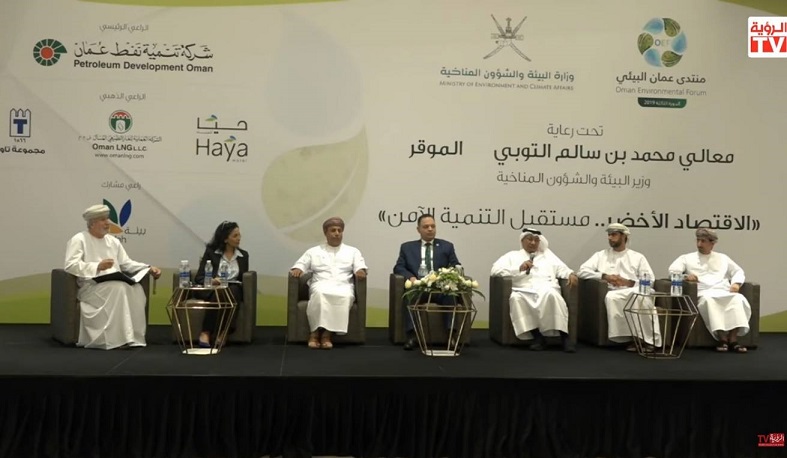
- Published in News

